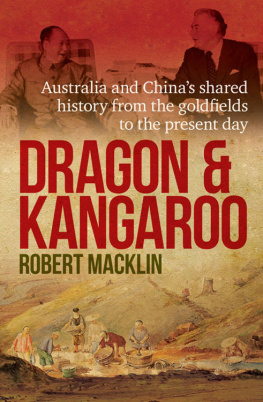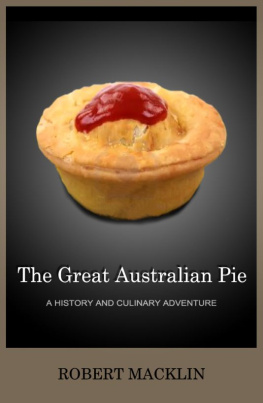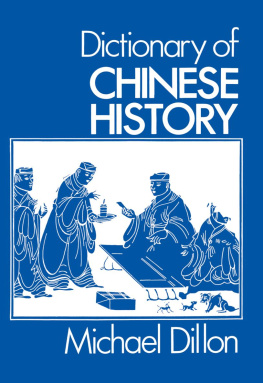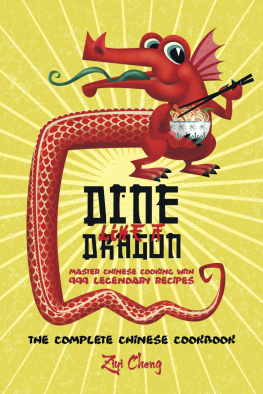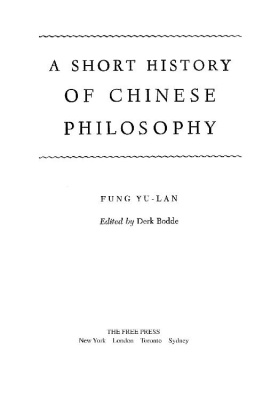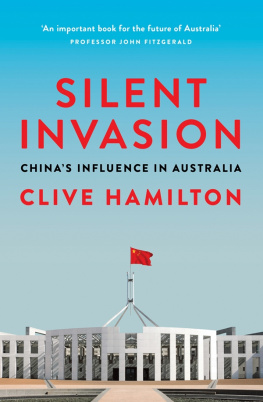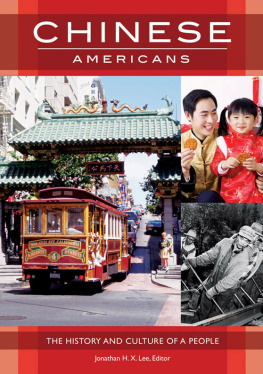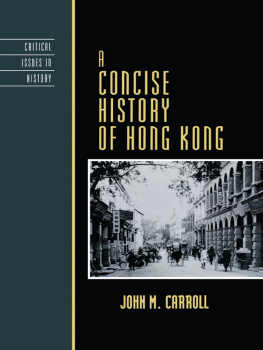
Robert Macklin was born in Queensland and educated at Brisbane Grammar School, the University of Queensland and the Australian National University. He began his journalistic career at the Courier-Mail and subsequently wrote for The Age and The Bulletin, and was associate editor of the Canberra Times until 2003.
His 2016 biography Hamilton Hume revived national interest in Australias greatest explorer, and the acclaimed Dark Paradise exposed the horror of colonial sadism in the penal colony of Norfolk Island. His history of Australias Special Forces, Warrior Elite, is required reading in the fields of military security and intelligence. His bestselling biography of Rob Maylor, SAS Sniper, revealed in graphic detail the battles against Islamist fanatics.
Robert has won numerous literary prizes including, with Peter Thompson, the 2009 Blake Dawson Prize for Business Literature for their classic, The Big Fella: The Rise and Rise of BHP Billiton.
Robert is the author of 28 books including the biography of Kevin Rudd, four novels and a number of works of history. He is a graduate of the Australian Film and Television School and has written and directed documentary films in 33 countries in Asia and the South Pacific. Robert now lives in Canberra and Tuross Head and divides his time between his books and screenplays.
Novels
The Queenslander
The Paper Castle
Juryman
Fire in the Blood
Non-fiction
Seven Cities of Australia
The Jesus Delusion
Jacka VC
Kevin Rudd: The Biography
Backs to the Wall
War Babies
My Favourite Teacher
The Great Australian Pie
SAS Sniper
Redback One
SAS Insider
One False Move
Dark Paradise
Warrior Elite
Hamilton Hume
With Peter Thompson
The Battle of Brisbane
Morrison of China
Keep off the Skyline
Operation Rimau
The Big Fella: The Rise and Rise of BHP Billiton
Books of the Film
Newsfront
The Journalist
Glass Babies
This is for Allegra
CONTENTS
Racism has defined our species ever since Homo sapiens confronted other primates on our undefined but unstoppable quest for world domination. But despite our total victory over all-comers, it remains, pulsing in our DNA like some perfect paradox of Greek mythology that drives its possessor ever closer to the sun until it becomes his undoing. And worse, it is an illusion. For today there is only one race. We are it, and the differences between us, as recorded in our individual genomes, are so utterly inconsequential that they rearrange themselves overnight in the ecstasy of conception. They tell us little to nothing about intelligence and even less about our inherent character. They do, however, permit us a remarkable insight into our past.
They have led us to the recognition that we all derive from a small group who arose in Sub-Saharan Africa; and that some of them departed perhaps in several waves for the Middle East between 100,000 and 80,000 years ago. There, we now know, they encountered the Neanderthal people, descendants of a much earlier departure who really were of a different race; in fact, a different species. But even they were still able to interbreed since most non-African human genomes today contain up to 4 per cent of Neanderthal mitochondrial DNA.
From the Middle East, one group turned north, and by about 28,000 years ago their skeletons were identifiably European though their skin would not lose its dark pigmentation until about 12,000 years ago.
A second group headed to the northeast and by about 15,000 years ago they were identifiably Mongolian. They multiplied and settled in the plains, foothills, rich river valleys and off-shore islands of eastern Asia. In time they would become known as the Chinese, Korean, Japanese and Indo-Chinese nations. Some even became Mongolians! On their journey they had touched upon a mysterious group that is known today as the Denisovans from fossil fragments recently discovered in a Siberian cave. The effects if any of this exposure and interbreeding are unknown. All we do know is that they are almost unmeasurable.
A third group turned south and travelled for about 30,000 years down through the Indian Subcontinent and South-East Asia to New Guinea and eventually Australia, arriving about 50,000 years ago. They, too, had met briefly with the Denisovans. But by 15,000 years ago they had populated the Great South Land and like the rest of our species had become more gracile. Indeed, they had developed all the common characteristics of the people we know today as Aboriginal Australians.
From then on, in the words of Colin Groves, Professor of Biological Anthropology at the Australian National University (ANU), there was a gentle rain of immigrant DNA from visitors to northern Australia from Malacca and Indonesia which trickled down through the genomes of the original inhabitants.
Similarly, the Europeans and the Chinese were touched at the fringes by visitors from other parts of the globe. Indeed, about 6000 years ago, waves of agriculture-bearing immigrants from the Middle East moved into Europe; and at the same time there was an expansion south and west of agriculture-bearing people from China. But generally it was a time of relative genetic stability, particularly in the southern continent.
Then in 1788 the British Captain Arthur Phillip berthed the First Fleet in the magnificent Sydney Harbour and landed his 1336 convicts and their overseers at Sydney Cove. Over the next two centuries they would be joined by immigrants from around the world.
But the British, like people everywhere, preferred their own kind, believing themselves to be superior in every way to both the local inhabitants whom they treated as scarcely human and their Asian neighbours whom they regarded with a combination of fear and contempt as members of a different race. To be fair, they were unaware of the singular nature of the human species. That discovery was not made until the 20th century; and its implications have still not penetrated the ancient fears and prejudices of many in the international human community.
So when gold discoveries brought an influx of Chinese prospectors to the British colony, the racial chauvinism of the day led to violence, forced removal and a blanket prohibition on Asian migration that endured for more than 70 years.
Fortunately, in the last 40 years, a more enlightened Australian government has withdrawn the geographical restrictions on immigration. And coincidentally, at the same time the Chinese people have transformed their countrys fortunes and developed an outward-looking middle class. The transformation has come at great cost to living conditions in Chinas crowded cities; and the countryside has been ravaged by industrial waste. The authoritarian government which had made the transformation possible refused to share even the power of free expression with its people, let alone a legal and political system open to all. So Australia, with its small population, its enormous spaces, its undeveloped potential, and its free and open society, has become a magnet for Chinese immigration and investment.
However, in those intervening 200 years, Australians had been fed an unremitting diet of fear of the Asian hordes. And indeed the Japanese attempted to isolate and invade our country in the 1940s; and without Chinese resistance to their imperial expansionism they might well have succeeded. But while we forgave the defeated Japanese and turned them into our principal trading partner, we then developed alliances with New Zealand and the United States aimed at defending ourselves against such political bogies as the downward thrust of Chinese communism.
Next page
